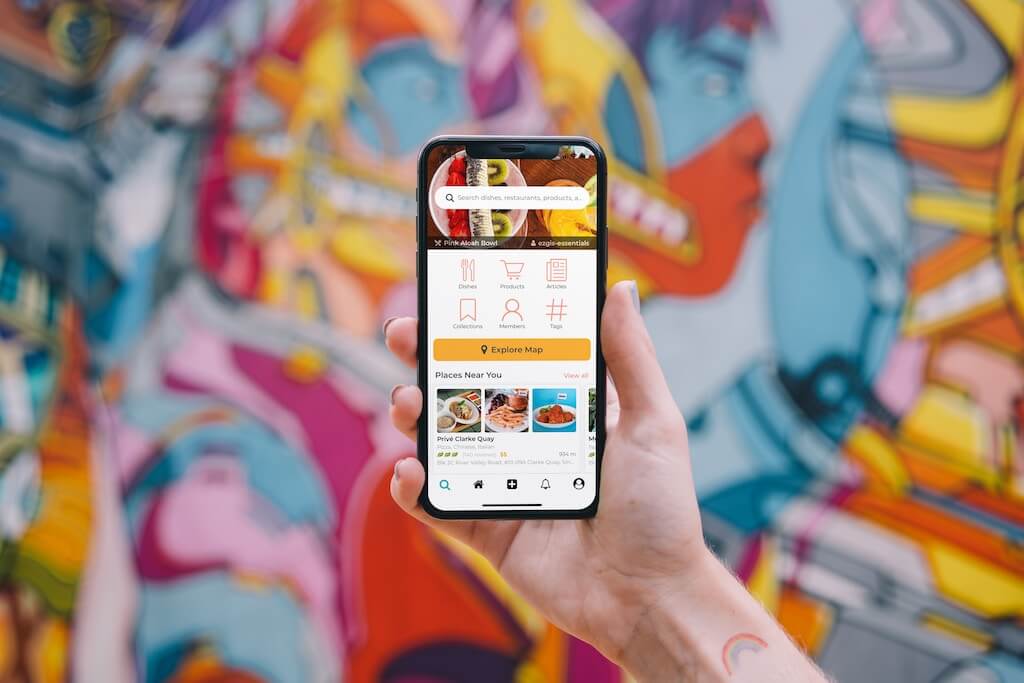In the realm of developing an extraordinary mobile application, a mere fifty percent of the battle is fought; the remaining crucial part lies in marketing it with utmost effectiveness. Given the multitude of applications available on numerous platforms, it becomes imperative to devise a marketing strategy that sets your app apart from the fierce competition.
Now, this comprehensive guide will meticulously walk you through the intricacies of marketing your esteemed mobile app, providing invaluable assistance in reaching your target audience and realizing your desired outcomes.
Primordial Task: Defining your target audience
Before commencing your app’s marketing endeavor, it is quintessential to meticulously discern your target audience. Grasp the individuals who will reap the maximum benefits from your app and fabricate user personas that will serve as the guiding light for your marketing initiatives. Take into account an array of factors, including age, gender, location, interests, and pain points, in order to manifest a comprehensive portrait of your ideal users.
Competitive Analysis: A Paramount Endeavor
Undertake a painstaking exploration of your competitors to astutely identify gaps and seize opportunities within the market. Thoroughly scrutinize their marketing strategies, unique selling points, and areas where they may encounter shortcomings. This treasure trove of information will enable you to devise a marketing blueprint that positions your app as an unequivocally superior alternative.
Crafting an Inimitable Value Proposition
Your unique value proposition (UVP) shall serve as the cornerstone, delineating why users ought to choose your app over the plethora of alternatives. Emanate the radiant spotlight upon the distinguishing features and benefits that set your app leagues apart, ensuring that your UVP is unequivocally lucid, succinct, and profoundly captivating.
Optimizing App Store Listings: An Imperative Task
App store optimization (ASO) emerges as a critical factor in guaranteeing the effortless discoverability of your app by prospective users. Meticulously optimize your app’s title, description, keywords, and visuals to augment its visibility and elevate its ranking within app stores. Encourage users to graciously bestow ratings and reviews upon your app, for this shall also prove instrumental in bolstering its app store ranking.
Awe-Inspiring Website or Landing Page: A Potent Marketing Tool
Devoting an entire website or landing page to the relentless promotion of your app can prove an immensely efficacious marketing stratagem. Showcasing your app’s awe-inspiring features, benefits, and unparalleled value proposition, while simultaneously incorporating emphatic calls-to-action that entice users to swiftly embark upon the journey of downloading your app. Do ensure that your website exudes a mobile-friendly disposition and remains meticulously optimized for search engines to maximize organic traffic.
Harnessing the Power of Social Media
Social media platforms, with their unparalleled potency, represent an exalted avenue through which to engage your target audience and generate a palpable buzz surrounding your app. Construct an awe-inspiring social media strategy that encompasses the regular dissemination of updates, active engagement with users, and the dissemination of pertinent content that resonates deeply with your desired demographic. Ponder over the prospect of launching targeted advertisements on platforms such as Facebook, Instagram, and Twitter to amplify the visibility of your app.
The Potential of Influencer Marketing
Forge collaborative alliances with influential figures within your niche, aligning with your brand values and catering to your target audience. Together, craft meticulously curated content that artfully showcases the myriad benefits of your app, thereby harnessing the persuasive prowess of these revered influencers.
Incorporating In-App Referral Programs
Harness the boundless power of incentivizing users to refer your app to their intimate circles of friends and family, offering captivating incentives such as in-app rewards or tantalizing discounts. By implementing this ingenious referral program, you can effectively propagate a network effect and subsequently fuel organic growth.
Monitoring and Analyzing Performance
Vigilantly track the performance of your marketing endeavors employing cutting-edge tools such as Google Analytics and App Annie. Scrutinize key metrics such as download rates, user engagement, and retention levels, thereby discerning any areas necessitating improvement and subsequently optimizing your marketing strategy accordingly.
A Journey of Iteration and Improvement
Embark upon a journey of perpetual refinement, forever honing your marketing strategy based upon insights gleaned from concrete data and the invaluable feedback tendered by your esteemed users. Remain incessantly abreast of the ever-evolving industry trends, adroitly adapting your approach as necessitated by the demands of the hour, ensuring the perpetual sustenance of your competitive edge.
Efficiently marketing your esteemed mobile app necessitates the unfurling of a sagacious strategy coupled with unwavering commitment to its resolute execution. By dutifully adhering to this step-by-step guide, you shall inexorably forge a tailor-made marketing blueprint that serves as the lighthouse guiding your app to resplendent heights.
You can learn more on mobile in our french website:
Explorez les meilleurs frameworks pour applications web et mobile
5 raisons pour lesquels votre entreprise doit avoir une application mobile dédiée au commerce électronique
Le Métier de Développeur Web Mobile dans les écoles d’ingénieurs
Le Métier de Développeur Web Mobile dans les écoles d’ingénieurs
Les avantages de Cordova pour développer des applications mobiles
Stratégie marketing pour votre application mobile
Les étapes pour apprendre le développement mobile
Comment devenir développeur d’applications mobiles ?
Comment tirer parti des Big Data pour améliorer l’expérience utilisateur sur votre site web et application mobile
Protéger une application mobile
Développer une application mobile pour Android
Méthodes de test pour applications mobiles
Utilisez React Native pour créer vos applications mobiles
Guide pratique pour comprendre le développement d’applications mobiles d’entreprise
Développement Web & Mobile : un secteur en croissance
Les métiers IT les mieux payés en 2023

